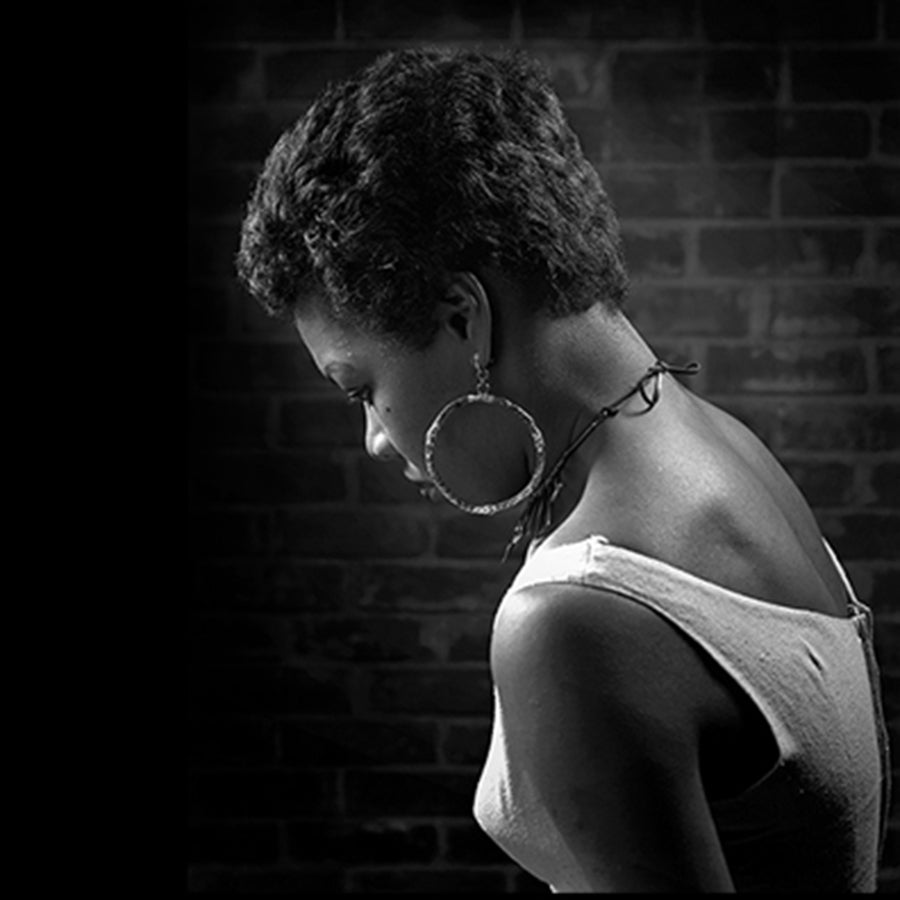
Early in Maya Angelou: And Still I Rise, poet Nikki Giovanni says of the film’s subject, “Maya was a dancer. She sang. She was an actress and of course she was a writer. She is a consummate performer. So, I think for whatever else this is, this is a life lived on stage.”
Sounds like a straightforward assessment, right?
Hardly.
What follows in the richly woven American Masters documentary—receiving a theatrical run for Oscar consideration before airing on PBS in early 2017—adds texture to Giovanni’s insight.
Subscribe to our daily newsletter for the latest in hair, beauty, style and celebrity news.
Directed by Rita Coburn Whack and Bob Hercules, And Still I Rise is a portrait of an artist who was well aware of the spell she could cast with that voice, that towering height, that gaze. It is also a film mindful of the deep truths—the desires and wounds—buttressing that persona. With its trove of archival images and interviews, the movie reminds viewers that America’s roiling history swirled around Angelou, as well as flowed through her.
And Still I Rise covers Angelou’s hardscrabble childhood in Arkansas and her rape as a child in St. Louis, but it also takes us to a glittery April 2014 night at the Smithsonian, where her National Gallery portrait was being unveiled. (She died the next month, at 88.) The movie takes us to Paris in the 1950s. There she met James Baldwin. It also follows her to Ghana, where she’d gone in the 1960s after marrying her second husband. (There were three). In Africa, she met Malcolm X.
Sitting elegantly in her home in Wilmington, North Carolina, Angelou gives the movie its narrative traction. There’s poetic justice in that. After all, many came to know Angelou through her memoirs, starting with 1969’s best-selling I Know Why the Caged Bird Sings. As actress Alfre Woodard says, “I remember sitting down, opening a book and feeling like I was reading for the first time.”
The other deeply essential voice is that of Angelou’s son, Guy Johnson. He offers a view of an icon from a singular—at times raw, at times teary, always proud — perspective.
The high points are lofty. Some are part of the historical record. Remember her reading of “On the Pulse of Morning” at President Bill Clinton’s first inauguration?
Others may come as a revelation.
In 1961, Angelou portrayed the White Queen in the Off Broadway production of Jean Genet’s The Blacks. Other cast-mates in that legendary staging: James Earl Jones, Roscoe Lee Browne, Cicely Tyson, Lou Gossett Jr., Godfrey Chambers.
Former president Clinton and Hillary Clinton are just two of the heavy-hitters who wax tender as they recount Angelou’s place in their lives—and in American culture. There is also no shortage of testimonials from cultural catalysts: director John Singleton, performer Common, and, yes, Oprah Winfrey. Her North Carolina home became an endpoint for artistic pilgrimages.
It was heartening hearing Angelou’s voice reciting “The Human Family” throughout summer’s Olympic Games, but her majestic cadence is more than a brand, more than an iPhone pitch. It is a gift. So the story she recounts of not speaking for five years after her rapist met a violent end is all the more remarkable.
As a little girl, she realized—though misunderstood—that words had force in the world. “My seven-year-old logic told me that my voice killed a man, so I stopped speaking.” says Angelou.
And Still I Rise offers a powerful river of reasons to be thankful and pefectly illustrates exactly why she couldn’t just remain silent.




